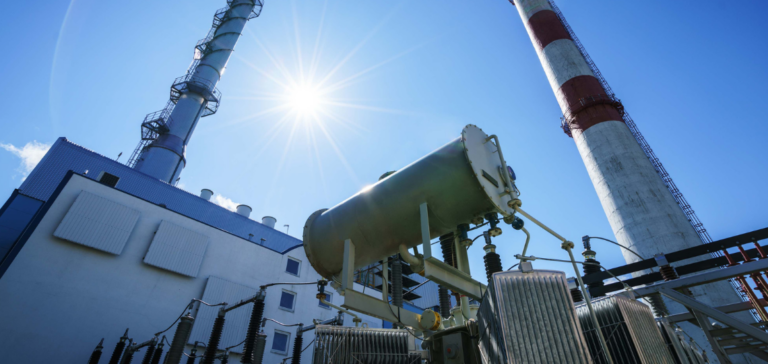The Warm Nuclear No 1 project, managed by the State Power Investment Corporation (SPIC), represents a significant step forward in the field of district heating. Officially launched in November 2020, following successful trials the previous winter, the project aims to provide a clean, sustainable source of heat for residents in and around the city of Haiyang.
Project Impact and Scope
On an impressive scale, Warm Nuclear No 1 covers an area of 12.5 million square metres, meeting the heating needs of some 400,000 people in winter. The development of this project involved the construction of an 83-km main nuclear heating network and 11 first-level heat exchange stations, all with an investment of almost CNY 4 billion (approx. USD 555 million).
Environmental and economic benefits
To date, this initiative has produced 4.56 million Gigajoules of carbon-free heat, replacing the consumption of 390,000 tonnes of raw coal and reducing carbon dioxide emissions by 720,000 tonnes. It has also helped improve winter air quality in Haiyang. The project clearly illustrates how nuclear technology can be harnessed for sustainable, low-carbon district heating solutions.
Challenges and Coordination
Implementing the project required close coordination and communication between the various provincial and municipal bodies involved. Work on the long-distance supply pipe, begun in February, has underlined the importance of inter-agency collaboration in achieving ambitious environmental and energy targets.
Future prospects
The Haiyang nuclear power plant, where the project is taking root, is home to two AP1000 pressurized water reactors, operational since 2018 and 2019. Construction of two CAP1000 reactors is currently underway, with grid connection scheduled for 2027, underlining the company’s ongoing commitment to sustainable development and diversification of energy sources.
SPIC’s Warm Nuclear No 1 project demonstrates the efficiency and environmental benefits of nuclear heating, setting a milestone for future district heating initiatives.






















